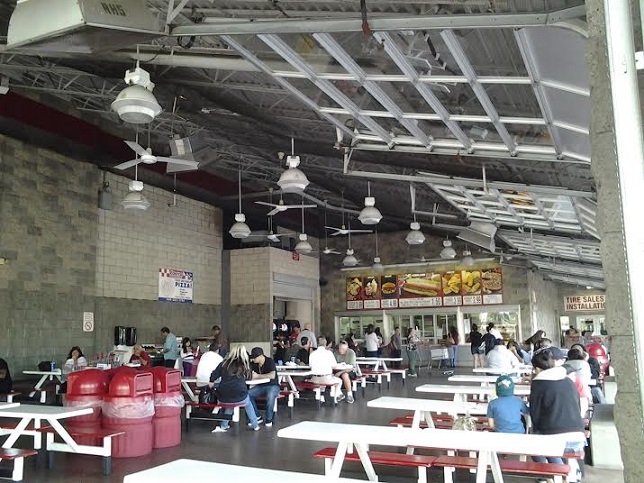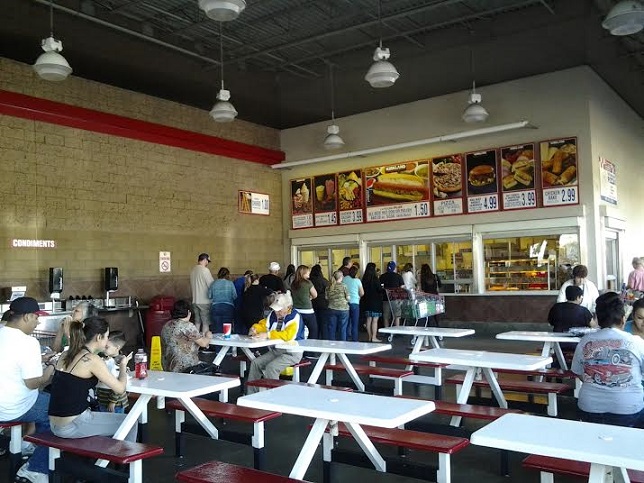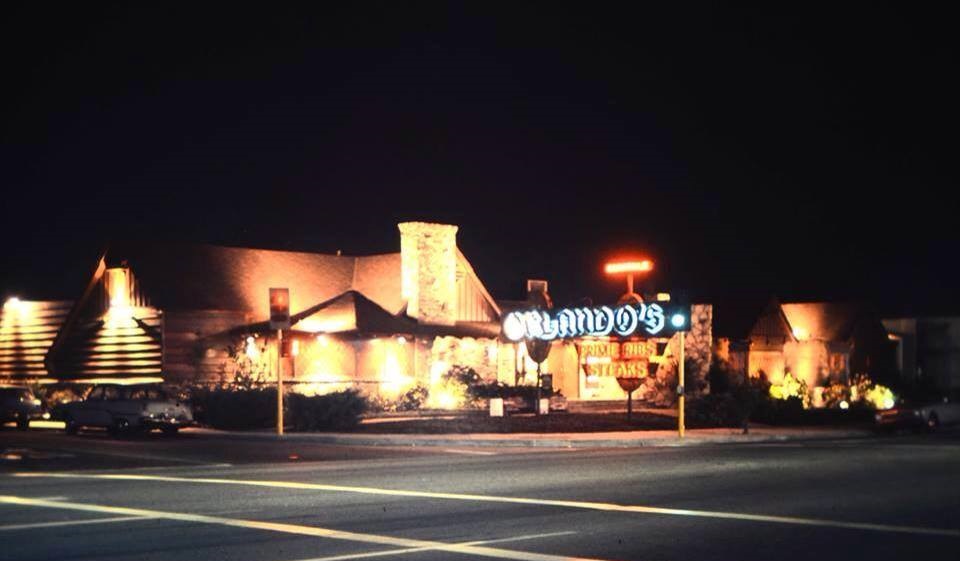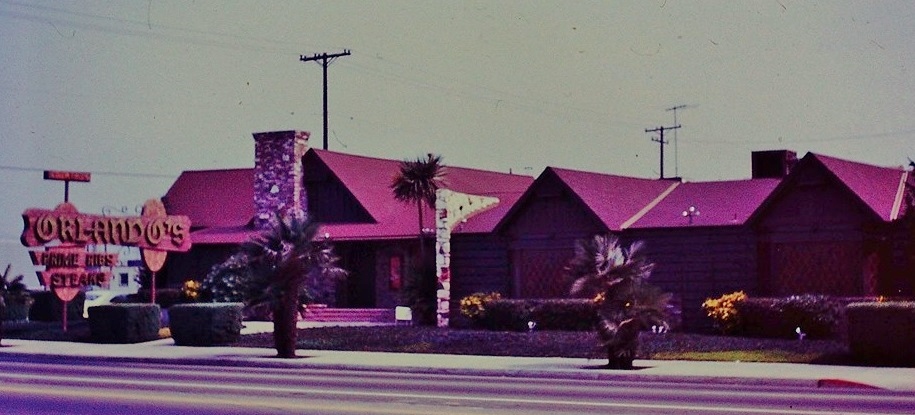For our annual Living Here magazine, I was asked to write a piece about restaurants and a shorter piece recommending five non-chain eateries.
Alas, the magazine (due out any day now as a DB insert) proved smaller than expected because of lagging ad sales and both my pieces were bumped. Oh, the humanity. So the main piece became today’s print column and the sidebar is published below. Waste not, want not.
Note that I spread the five choices around geographically. So while these are not (as Nick Hornby would say) my all-time Top 5 restaurants, they’re five that I’ve patronized multiple times over the years and enjoyed, for one reason or another.
Donahoo’s Golden Chicken
1074 N. Garey Ave., Pomona (also 1117 N. Grove Ave., Ontario)
The Donahoo’s box lunch is to fried chicken fanciers what the bento box is to Japanese food fans, an all-in-one conglomeration of tastes. The box consists of either two pieces of chicken or six chicken strips, perhaps the Inland Valley’s best fried chicken, plus a pile of bland thick-cut fries (crinkle-cut at the Ontario location), a fist-sized roll and a small container of cole slaw. A plastic fork is tucked into a side flap. It’s to-go only. If you’re at the Pomona location, take your box a few blocks east to Lincoln Park and have yourself a picnic.
Fredy’s Tacos
1821 E. Fourth St., Ontario
Located in the Ralphs center at Vineyard and Fourth next to a panaderia, Fredy’s serves up small, Mexican-style tacos with plenty of onions and cilantro on corn tortillas. A humble place with mighty food, Fredy’s draws laborers, journalists and Ontario police. Dine in and listen to ranchera music from the jukebox or watch a telenovela on the TV.
Angelina’s Cafe
9135 Archibald Ave., Rancho Cucamonga
Hidden in a business park, Angelina’s proves to be a cozy place with high tables, mustard-colored walls and a welcoming atmosphere. The food, mostly sandwiches and salads, is modest and reliable. There’s a daily special to spice things up a bit. I like the old-fashioned spaghetti and meatballs, served in a portion large enough to take home half. The burgers are pretty good, you can get a salmon caesar salad for $8 and they make their own potato chips.
Flo’s Cafe
7000 Merrill Ave., Chino, and 5650 Riverside Drive, Chino
Flo’s is a down-home place, so popular there are two locations. They have the same menu, meaning that your choice of Flo’s can be based on where you are at the moment, either physically or psychologically. Downtown Flo’s is slightly downscale Coco’s; airport Flo’s is old-school coffee shop with airplanes, and sometimes flies, outside. I prefer airport Flo’s but I visit the other in a pinch. Whatever you order, even if it’s biscuits and gravy at breakfast, only the uninitiated make the mistake of not saving room for the homemade pie, cobbler or pudding.
San Biagio’s N.Y. Style Pizza
1263 W. Seventh St., Upland
They have pastas here, baked and served in an aluminum tin, and sandwiches too, but the main event is the pizza. It’s made in the New York style, a thin crust topped with tomato sauce and a sprinkling of mozzarella, plus whatever toppings you like (a purist would say none). You can order by the slice or get a whole pie. Slices are thin enough you can fold one in half and pretend you’re in Brooklyn, even though you’re really in a shopping center in Upland. Owner Biagio Pavia doesn’t speak a lot of English but his enthusiasm is contagious. He speaks the universal language: a thumb’s up or a high-five, accompanied by a big smile.




